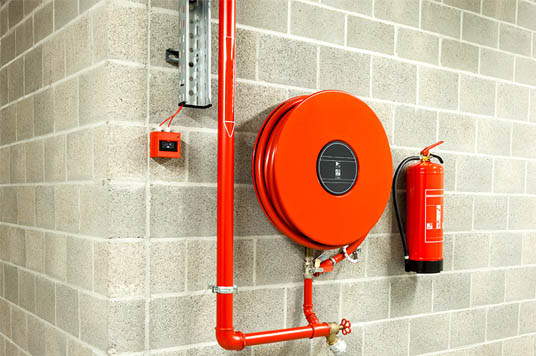Fire alarm systems are essential tools for early fire detection and warning, playing a vital role in safeguarding lives and property. These systems consist of different types of detectors, each designed to identify specific elements of a fire. Understanding the diverse range of fire alarm systems and their detectors is crucial for selecting the most appropriate system for various environments and fire risks. Click here to choose the best fire alarm company in Dubai.
Smoke detectors:
Smoke detectors are perhaps the most common type of fire alarm system. They function by sensing the presence of smoke particles in the air. There are two main types of smoke detectors: ionization and photoelectric. Ionization detectors use a small amount of radioactive material to ionize the air, creating a current that is disrupted by smoke particles. Photoelectric detectors, on the other hand, use a light source and a sensor to detect scattered light caused by smoke.
Heat detectors:
Heat detectors respond to changes in temperature, specifically the rapid rise in heat associated with a fire. There are two primary types of heat detectors: fixed temperature detectors, which trigger an alarm when a certain temperature threshold is reached, and rate-of-rise detectors, which activate when the temperature increases rapidly over a short period.
Flame detectors:
Flame detectors are specialized devices designed to detect the presence of open flames. They use sensors that respond to the infrared, ultraviolet, or visible light spectrum emitted by flames. Flame detectors are commonly used in industrial settings where the risk of flammable liquids or gases is higher.
Gas detectors:
Gas detectors are used to detect the presence of hazardous gases, such as carbon monoxide, methane, or hydrogen. These detectors are crucial in environments where gas leaks or chemical reactions could lead to fires or explosions. They are commonly found in industrial settings, laboratories, and areas with fuel-burning appliances.
Aspirating smoke detectors:
Aspirating smoke detectors use a network of pipes to actively draw air samples from different areas into a central detection unit. This allows for early detection of smoke particles even before they become visible to the naked eye. Aspirating smoke detectors are highly sensitive and suitable for environments where rapid detection is critical, such as data centers or server rooms.



